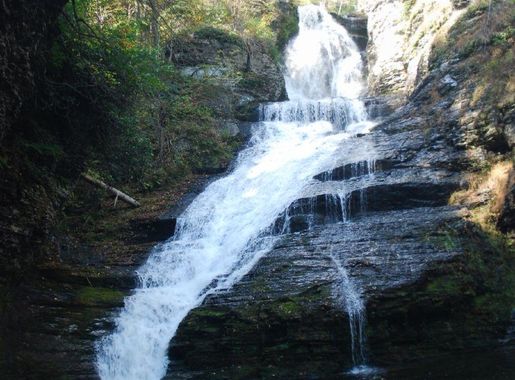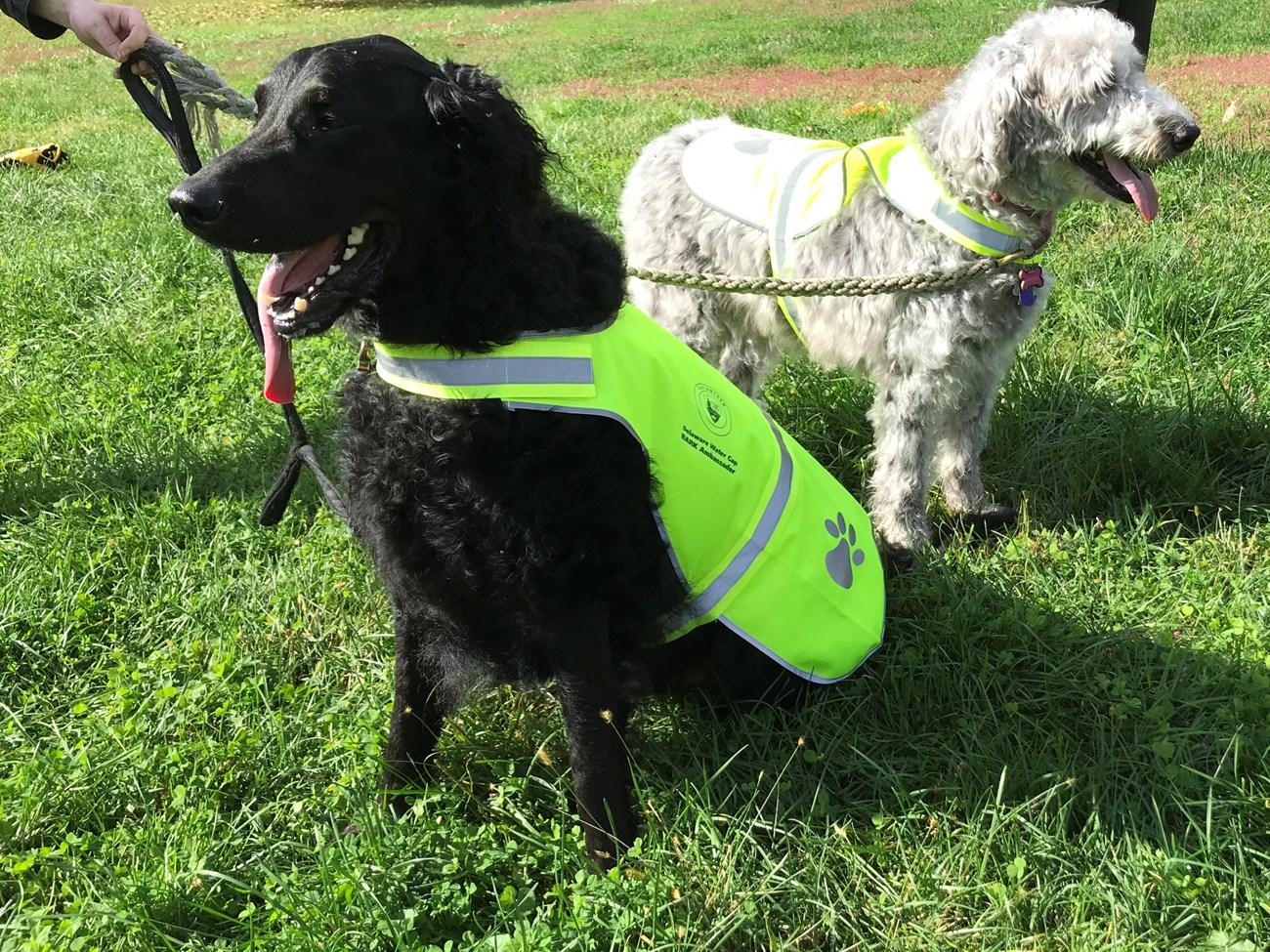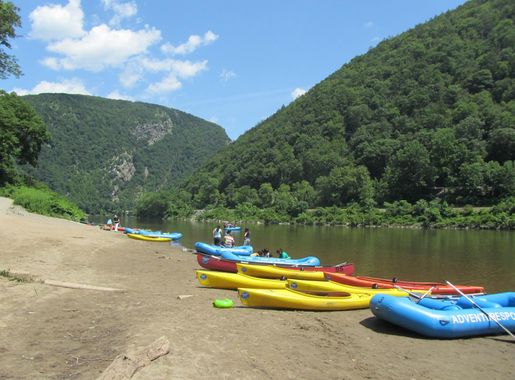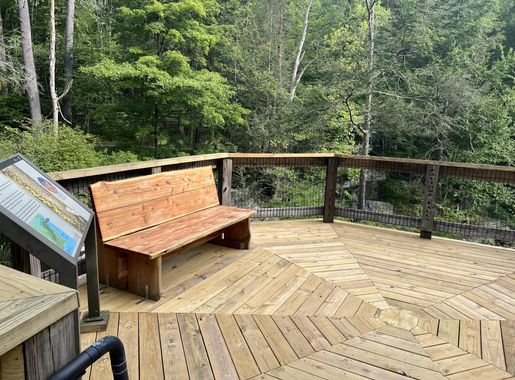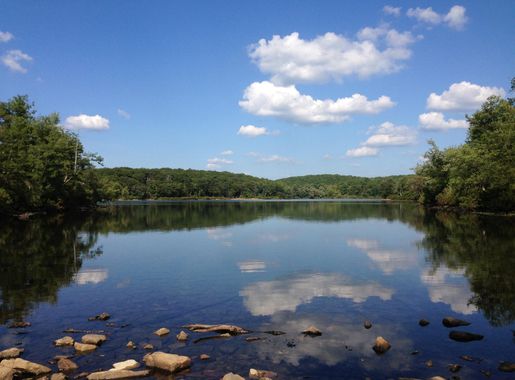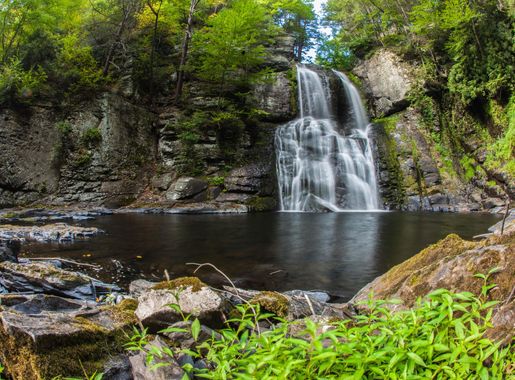
Delaware Water Gap: Nature's Playground in Pennsylvania
Discover the Delaware Water Gap National Recreation Area in Pennsylvania: A natural wonderland of outdoor adventures, scenic beauty, and rich history along the Delaware River.
The Delaware Water Gap National Recreation Area in Pennsylvania is a stunning natural haven that spans over 70,000 acres. Nestled along the Delaware River, this destination offers a diverse array of outdoor activities and breathtaking landscapes. From lush forests and rolling hills to dramatic cliffs and serene water bodies, the area is a paradise for nature lovers and adventure seekers alike. Hiking enthusiasts will find over 100 miles of trails, including a portion of the famous Appalachian Trail. These trails cater to all skill levels, offering both challenging climbs and gentle walks through picturesque scenery. Water activities are also abundant, with opportunities for kayaking, canoeing, and fishing along the Delaware River. For those who prefer a more leisurely experience, there are numerous picnic spots and scenic overlooks to enjoy. Wildlife enthusiasts will be delighted by the variety of species that call the park home. Bird watchers can spot bald eagles, while deer and black bears are often seen in the more secluded areas. The park is also rich in history, with several historic sites and cultural landmarks to explore, such as the Millbrook Village and the Van Campen Inn. Whether you're seeking adventure, relaxation, or a bit of both, the Delaware Water Gap National Recreation Area is an ideal destination for a memorable escape into nature.
Local tips in Delaware Water Gap National Recreation Area
- Visit during fall for stunning autumn foliage views.
- Wear sturdy hiking boots for the rocky terrains.
- Carry insect repellent, especially in summer.
- Check the weather forecast before planning water activities.
- Explore early in the morning to avoid crowds and enjoy wildlife sightings.
Delaware Water Gap: Nature's Playground in Pennsylvania
The Delaware Water Gap National Recreation Area in Pennsylvania is a stunning natural haven that spans over 70,000 acres. Nestled along the Delaware River, this destination offers a diverse array of outdoor activities and breathtaking landscapes. From lush forests and rolling hills to dramatic cliffs and serene water bodies, the area is a paradise for nature lovers and adventure seekers alike. Hiking enthusiasts will find over 100 miles of trails, including a portion of the famous Appalachian Trail. These trails cater to all skill levels, offering both challenging climbs and gentle walks through picturesque scenery. Water activities are also abundant, with opportunities for kayaking, canoeing, and fishing along the Delaware River. For those who prefer a more leisurely experience, there are numerous picnic spots and scenic overlooks to enjoy. Wildlife enthusiasts will be delighted by the variety of species that call the park home. Bird watchers can spot bald eagles, while deer and black bears are often seen in the more secluded areas. The park is also rich in history, with several historic sites and cultural landmarks to explore, such as the Millbrook Village and the Van Campen Inn. Whether you're seeking adventure, relaxation, or a bit of both, the Delaware Water Gap National Recreation Area is an ideal destination for a memorable escape into nature.
When is the best time to go to Delaware Water Gap National Recreation Area?
Unmissable attractions to see
Bushkill Falls
Explore the breathtaking Bushkill Falls, a stunning natural wonder with cascading waterfalls and scenic hiking trails perfect for nature lovers and families.
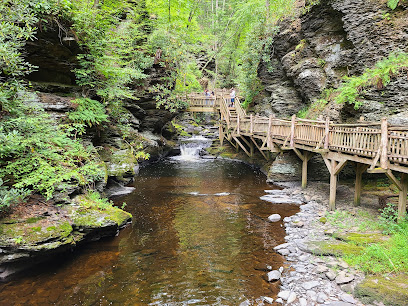
Hickory Run State Park
Experience the natural beauty and adventure of Hickory Run State Park, a top destination for outdoor enthusiasts in Pennsylvania.
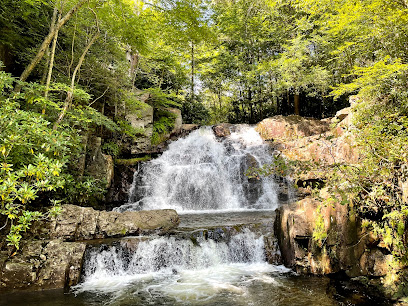
Ridley Creek State Park
Explore Ridley Creek State Park, a scenic haven in Pennsylvania perfect for hiking, picnicking, and wildlife observation amidst stunning natural beauty.
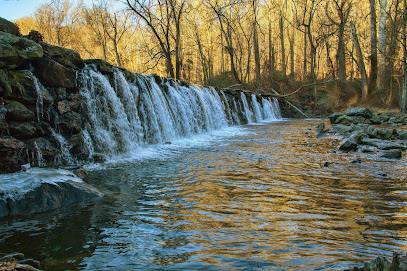
Promised Land State Park
Explore the stunning natural landscapes and outdoor adventures at Promised Land State Park in Pennsylvania, perfect for nature lovers and outdoor enthusiasts.
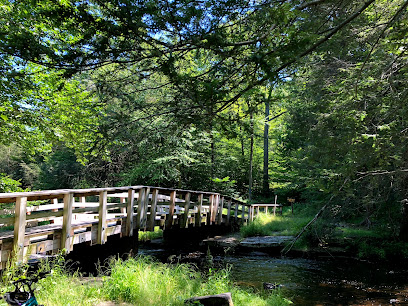
Lehigh Gorge State Park
Discover the breathtaking landscapes and outdoor adventures at Lehigh Gorge State Park in Pennsylvania.
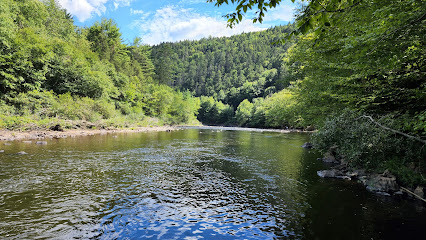
Big Pocono State Park
Discover the breathtaking landscapes and outdoor adventures at Big Pocono State Park, a perfect escape for nature lovers in Pennsylvania.
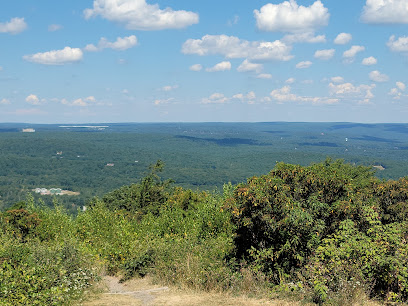
Tobyhanna State Park
Explore the breathtaking landscapes and outdoor adventures at Tobyhanna State Park, a top destination for nature lovers in Pennsylvania.
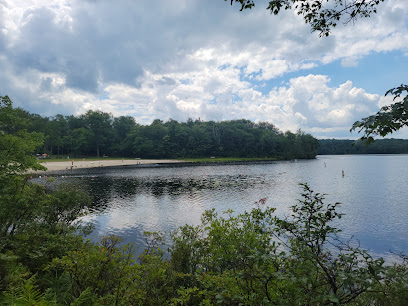
Pocono Snake & Animal Farm
Immerse yourself in the enchanting world of reptiles and exotic animals at Pocono Snake & Animal Farm in East Stroudsburg, Pennsylvania.
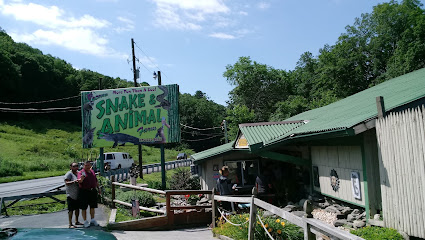
Upper Delaware Scenic and Recreational River
Experience the breathtaking beauty of Upper Delaware Scenic and Recreational River, a perfect blend of adventure and tranquility in Pennsylvania's stunning landscapes.
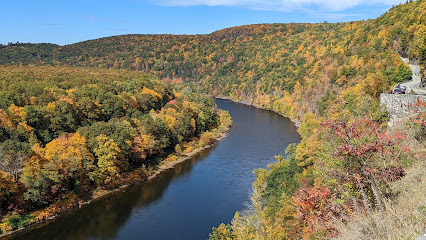
Columcille Megalith Park
Experience the mystical charm of Columcille Megalith Park, a tranquil haven of ancient stones and nature's beauty in Bangor, Pennsylvania.
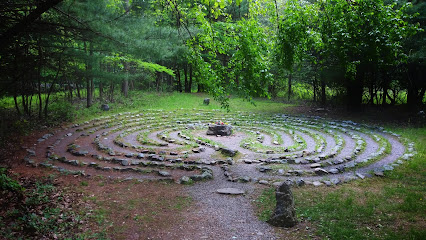
Raymondskill Falls
Explore the breathtaking beauty of Raymondskill Falls, Pennsylvania's tallest waterfall, nestled in the heart of Delaware Water Gap National Recreation Area.
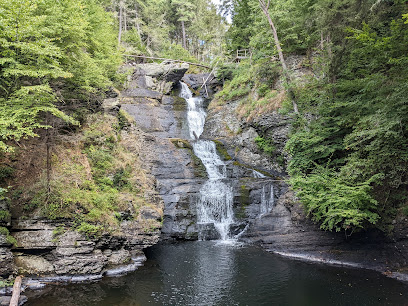
Pocono Outdoor Adventure Tours
Immerse yourself in adventure and beauty at Pocono Outdoor Adventure Tours, where thrilling outdoor activities await in the stunning Pocono Mountains.
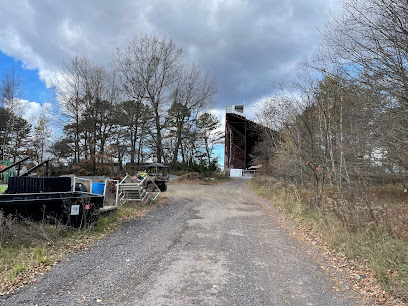
Delaware River Railroad Excursions
Discover the scenic beauty and rich history of New Jersey with a nostalgic train ride along the Delaware River.
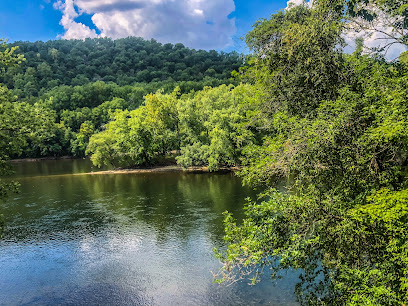
Dingmans Falls Visitor Center
Explore the natural beauty of Dingmans Falls at the Visitor Center, your gateway to Pennsylvania's stunning landscapes and waterfalls.
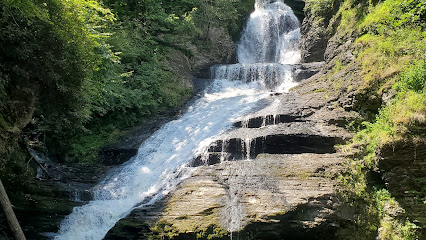
Smithfield Beach
Experience the natural beauty and tranquility of Smithfield Beach, a scenic park along the Delaware River perfect for outdoor activities and relaxation.
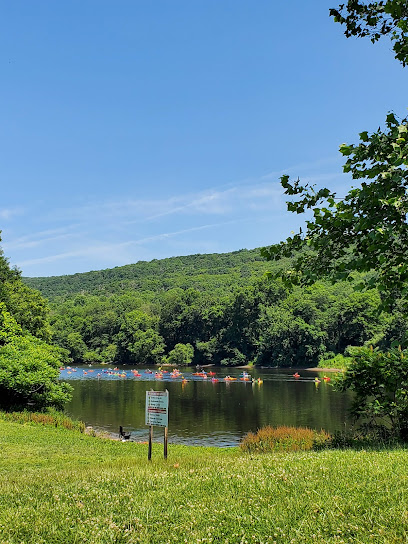
Essential places to dine
Delaware Water Gap National Recreation Area
Explore Delaware Water Gap National Recreation Area: A breathtaking blend of nature's beauty with endless outdoor adventures.
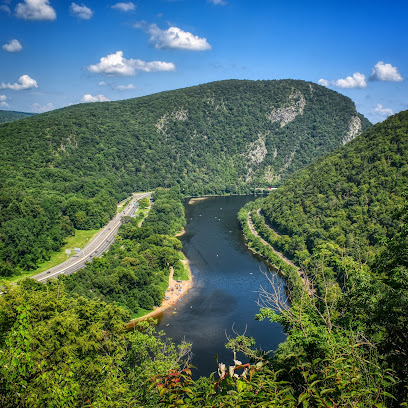
Delaware Water Gap / Pocono Mountain KOA Holiday
Discover outdoor adventures and serene landscapes at Delaware Water Gap / Pocono Mountain KOA Holiday – your gateway to nature's beauty.

Marlucas
Discover Marlucas in Bushkill, PA – where delicious pizza meets warm hospitality amidst beautiful Pocono Mountains scenery.
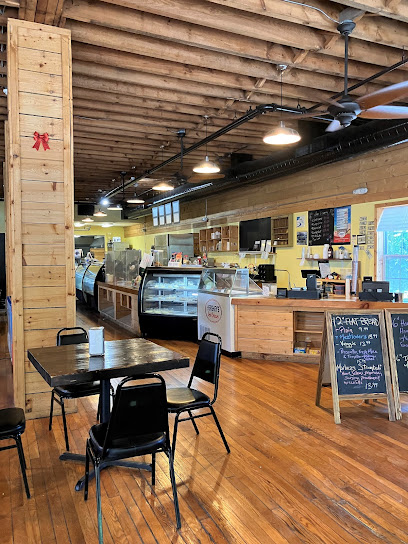
Delaware Watergap National Recreation Area
Explore breathtaking landscapes and outdoor adventures at Delaware Water Gap National Recreation Area – where nature meets history.
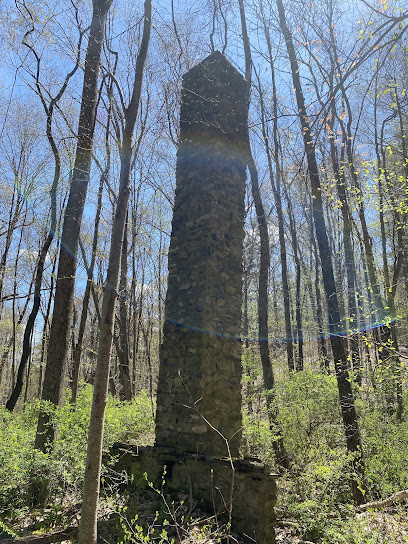
Markets, malls and hidden boutiques
Delaware Water Gap National Recreation Area
Discover the breathtaking landscapes and outdoor adventures awaiting you at Delaware Water Gap National Recreation Area.

Village Farmer and Bakery
Discover the heart of Delaware Water Gap at Village Farmer and Bakery, where fresh ingredients and traditional baking meet in a delightful experience.
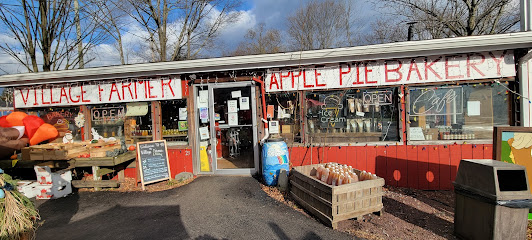
Olde Engine Works Market Place
Explore the Olde Engine Works Market Place: A treasure trove of antiques and unique finds in Stroudsburg, Pennsylvania.
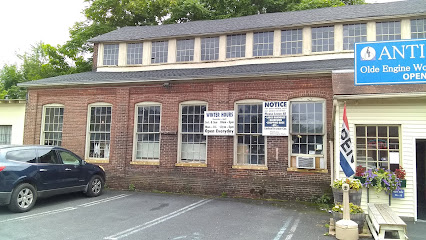
Edge of the Woods Outfitters
Discover exhilarating canoeing, kayaking, and biking adventures at Edge of the Woods Outfitters in Delaware Water Gap, PA, where nature meets outdoor fun.
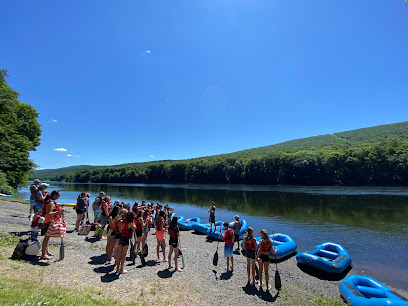
Zoe's Ice Cream Emporium & Café
Explore the sweet side of Delaware Water Gap at Zoe's Ice Cream Emporium & Café, where delicious flavors and a cozy atmosphere await.
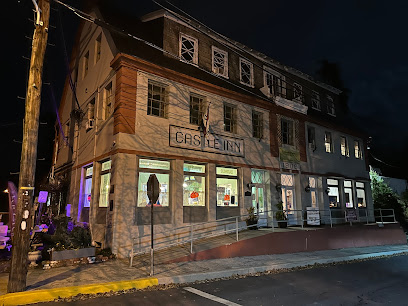
Delaware Water Gap
Discover the breathtaking beauty of Delaware Water Gap, a mountain pass offering outdoor adventures and stunning natural landscapes in Pennsylvania.
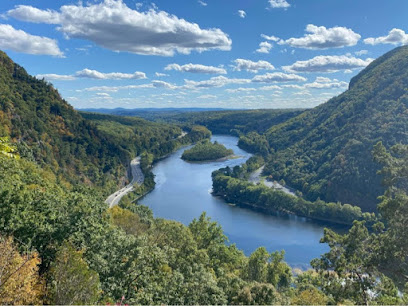
The Shoppes at Castle Inn
Discover unique treasures at The Shoppes at Castle Inn, a charming shopping mall in Delaware Water Gap, PA, perfect for souvenirs and local crafts.
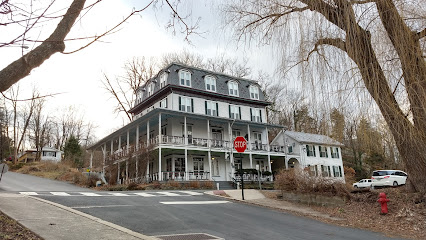
Antoine Dutot Museum & Gallery
Discover the rich artistic heritage of Pennsylvania at the Antoine Dutot Museum & Gallery in picturesque Delaware Water Gap.
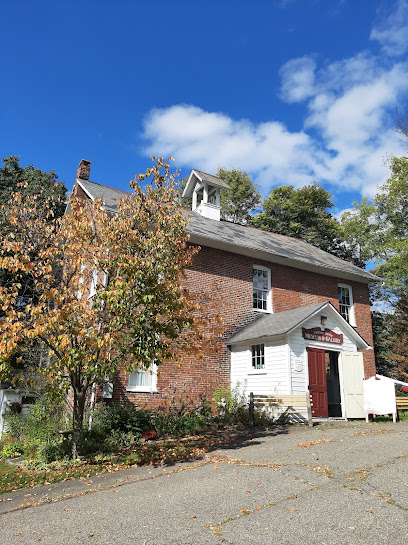
Delaware Water Gap National Recreation Area Park Headquarters
Discover the breathtaking landscapes and outdoor adventures at Delaware Water Gap National Recreation Area, a must-visit destination for nature lovers.
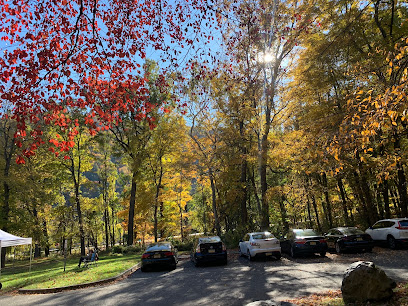
Water Gap Convenience
Discover the convenience of Water Gap Convenience, the perfect stop for snacks and essentials in Delaware Water Gap, PA.
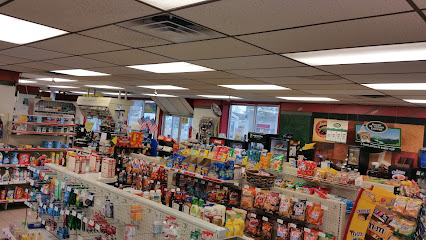
delaware water gap
Discover Delaware Water Gap: a historical landmark where breathtaking scenery meets rich American history in Pennsylvania’s stunning landscapes.
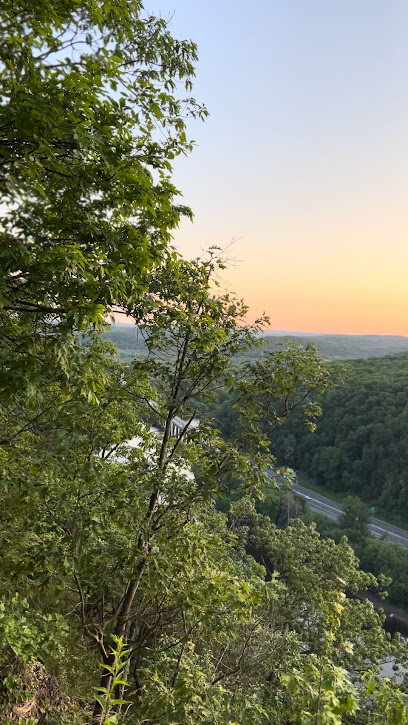
Delaware Watergap National Recreation Area
Discover the breathtaking landscapes and endless adventures at Delaware Water Gap National Recreation Area, where nature meets excitement.
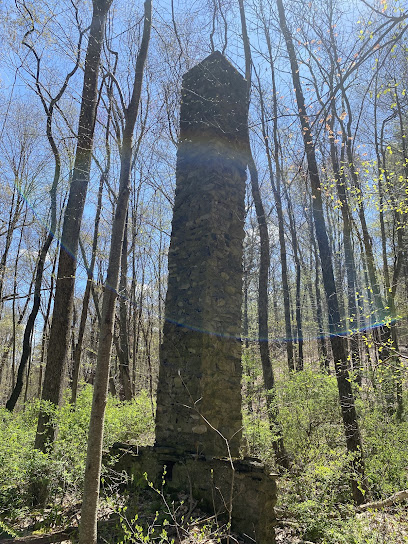
Essential bars & hidden hideouts
Delaware Water Gap National Recreation Area
Explore the stunning landscapes and rich history of Delaware Water Gap National Recreation Area, a must-visit destination for nature lovers and outdoor enthusiasts.
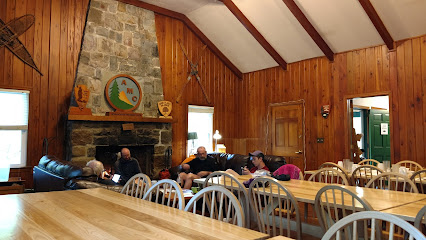
Trackside Grill & Bar
Discover the flavors of America at Trackside Grill & Bar, where delicious cuisine meets a vibrant sports atmosphere in East Stroudsburg.
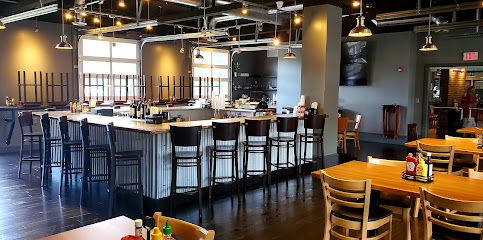
Joe Bosco Authentic Smokehouse BBQ
Experience the ultimate barbecue dining at Joe Bosco Authentic Smokehouse BBQ, where every bite is a flavorful journey in Delaware Water Gap.
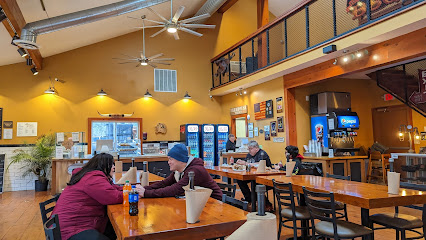
The Whip Tavern
Discover the perfect blend of American and British cuisine at The Whip Tavern in Coatesville, PA, where every meal is a delightful experience.
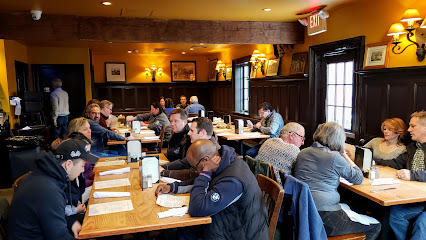
Minisink Hotel
Discover the cozy charm of Minisink Hotel, an American grill offering mouthwatering dishes in a welcoming atmosphere, perfect for post-hike dining.
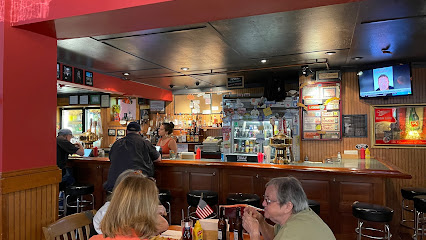
The Gem and Keystone Tavern
Discover the charm of The Gem and Keystone Tavern, a premier brewpub in Shawnee on Delaware, PA, offering local brews and delicious food in a cozy setting.
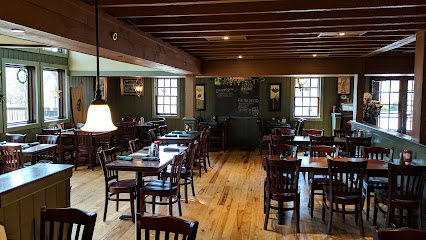
Sycamore Grille
Discover Sycamore Grille, where delicious American cuisine meets vibrant live music in the heart of Delaware Water Gap.
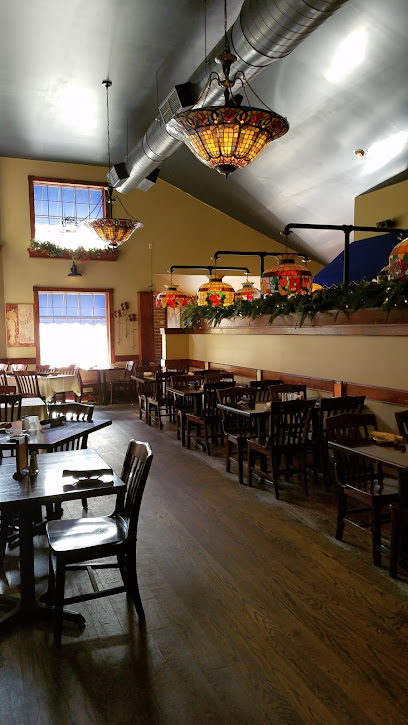
Best Western Plus Poconos Hotel
Experience comfort and endless adventure at Best Western Plus Poconos Hotel, your gateway to the enchanting Pocono Mountains.
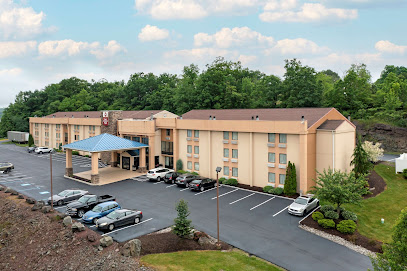
Baymont by Wyndham Bartonsville Poconos
Experience the charm of the Poconos at Baymont by Wyndham Bartonsville, your cozy retreat for outdoor adventures and relaxation.

Quality Inn - East Stroudsburg POCONOS
Experience comfort and adventure at Quality Inn - East Stroudsburg Poconos, your perfect base in Pennsylvania's scenic Poconos region.

Duffer's Mill
Discover the charm of Duffer's Mill, a cozy pub in Garnet Valley serving delicious American cuisine and a welcoming atmosphere for all.
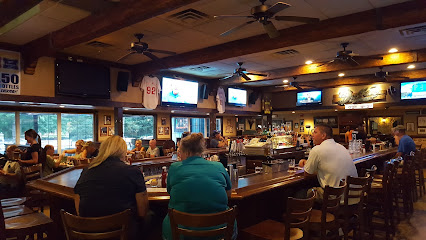
Delaware Water Gap / Pocono Mountain KOA Holiday
Discover the serene beauty of Delaware Water Gap / Pocono Mountain KOA Holiday, where outdoor adventures and family fun await amidst breathtaking landscapes.

Round1 Bowling & Arcade
Experience the ultimate fun at Round1 Bowling & Arcade in Exton, PA - a lively destination for bowling, arcade games, karaoke, and more!

Trail's End Pub & Grille
Discover culinary delights at Trail's End Pub & Grille in Tannersville, PA, where taste meets the stunning backdrop of the Pocono Mountains.
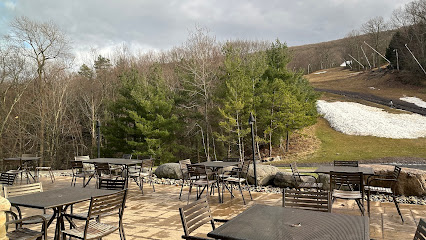
Days Inn by Wyndham Tannersville
Experience comfort and scenic beauty at Days Inn by Wyndham Tannersville, your ideal retreat in the Pocono Mountains.
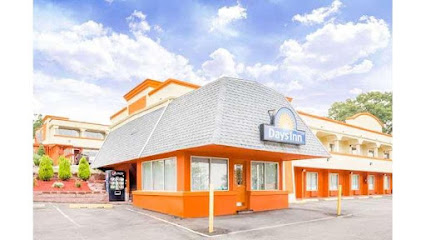
Local Phrases about Delaware Water Gap National Recreation Area
-
- HelloHowdy
[haw-dee] - GoodbyeSee ya
[see yah] - YesYep
[yep] - NoNah
[nah] - Please/You're welcomePlease and thank ya
[pleez and thank yah] - Thank youThanks a lot
[thanks uh lot] - Excuse me/SorryPardon me
[pahr-dn me] - How are you?How ya doin'?
[how yah doin] - Fine. And you?I'm good. How 'bout y'all?
[I'm good. How 'bout yall] - Do you speak English?Ya speak English?
[yah speak English] - I don't understandI don't git it
[I don't get it]
- HelloHowdy
-
- I'd like to see the menu, pleaseKin I see the menu, please
[kin I see the menu please] - I don't eat meatI don't eat meat
[I don't eat meat] - Cheers!Cheers!
[Cheers] - I would like to pay, pleaseI'd like to pay, please
[I'd like to pay please]
- I'd like to see the menu, pleaseKin I see the menu, please
-
- Help!Help!
[Help] - Go away!Git outta here!
[Git outta here] - Call the Police!Call the Cops!
[Call the Cops] - Call a doctor!Call a doc!
[Call a doc] - I'm lostI'm lost
[I'm lost] - I'm illI'm sick
[I'm sick]
- Help!Help!
-
- I'd like to buy...I wanna buy...
[I wanna buy] - I'm just lookingJust browsin'
[just browsin] - How much is it?How much fer it?
[how much fur it] - That's too expensiveThat's too pricey
[That's too pricey] - Can you lower the price?Can ya knock the price down?
[Can yuh knock the price down]
- I'd like to buy...I wanna buy...
-
- What time is it?What time is it?
[What time is it] - It's one o'clockIt's one o'clock
[It's one o'clock] - Half past (10)Half past ten
[Half past ten] - MorningMornin'
[Mornin] - AfternoonAfternoon
[Afternoon] - EveningEvenin'
[Evenin] - YesterdayYest'day
[Yest'day] - TodayToday
[Today] - TomorrowTomorrow
[Tomorrow] - 1One
[One] - 2Two
[Two] - 3Three
[Three] - 4Four
[Four] - 5Five
[Five] - 6Six
[Six] - 7Seven
[Seven] - 8Eight
[Eight] - 9Nine
[Nine] - 10Ten
[Ten]
- What time is it?What time is it?
-
- Where's a/the...?Where's the...?
[Where's the] - What's the address?What's the address?
[What's the address] - Can you show me (on the map)?Can ya show me (on the map)?
[Can yuh show me (on the map)] - When's the next (bus)?When's the next (bus)?
[When's the next (bus)] - A ticket (to ....)A ticket (to ....)
[A ticket (to)]
- Where's a/the...?Where's the...?
History of Delaware Water Gap National Recreation Area
-
Long before European settlers arrived, the Delaware Water Gap region was home to the Lenape people. The Lenape, also known as the Delaware Indians, thrived in the area, utilizing the rich resources provided by the Delaware River. They established complex societies with intricate social, political, and economic systems. Archaeological evidence, including artifacts and burial sites, provides a glimpse into their way of life, which included hunting, fishing, and agriculture.
-
In the 17th century, European settlers began to explore and colonize the Delaware Water Gap region. Dutch, Swedish, and later English colonists established trading posts and small settlements. The fertile land and abundant water sources made it an attractive area for farming and trade. Conflicts between the settlers and the native Lenape people were common, leading to a series of treaties and land cessions.
-
The Delaware Water Gap played a role in the French and Indian War (1754-1763), the North American theater of the global Seven Years' War. The region saw skirmishes and military campaigns as British and colonial forces clashed with French troops and their Native American allies. The conflict reshaped the power dynamics in the region, ultimately leading to British dominance.
-
The 19th century brought significant changes to the Delaware Water Gap area with the advent of the Industrial Revolution. The construction of the Delaware and Hudson Canal in the 1820s transformed the region into a vital transportation corridor for coal and other goods. The canal facilitated economic growth and spurred the development of towns and industries along its route.
-
The natural beauty of the Delaware Water Gap attracted tourists as early as the 19th century. Resorts, hotels, and recreation areas sprang up to accommodate visitors seeking the picturesque landscapes, fresh air, and outdoor activities. The arrival of the railroad further boosted tourism, making the region a popular destination for city dwellers from New York and Philadelphia.
-
In the mid-20th century, the Delaware Water Gap region faced significant changes with the proposed construction of the Tocks Island Dam. The project, intended to provide flood control, hydroelectric power, and recreational opportunities, led to the acquisition of land and the displacement of many residents. However, environmental concerns and opposition led to the project's cancellation. In 1965, the acquired lands were designated as the Delaware Water Gap National Recreation Area, preserving the natural and cultural heritage of the region for future generations.
-
Today, the Delaware Water Gap National Recreation Area is a testament to successful conservation efforts. The area encompasses over 70,000 acres of protected land, including forests, rivers, and historical sites. Visitors can explore a rich tapestry of cultural history, from Native American archaeological sites to remnants of early European settlements and industrial infrastructure. The park also offers a wide range of recreational activities, ensuring that the legacy of the Delaware Water Gap continues to inspire and educate.
Delaware Water Gap National Recreation Area Essentials
-
Delaware Water Gap National Recreation Area is located in northeastern Pennsylvania, USA. The nearest major airports are Newark Liberty International Airport (EWR) in New Jersey, approximately 70 miles away, and Lehigh Valley International Airport (ABE) in Allentown, Pennsylvania, about 50 miles away. From these airports, you can rent a car or arrange for shuttle services. If you are driving, the park is accessible via Interstate 80, which runs through the Delaware Water Gap.
-
While within the Delaware Water Gap National Recreation Area, having a car is the most convenient way to explore its vast landscapes. There are no public transportation options directly within the park, but several towns surrounding it, such as Stroudsburg and Milford, offer taxi services and car rentals. Biking and hiking are also popular ways to get around for those looking to immerse themselves in nature.
-
The official currency is the US Dollar (USD). Credit and debit cards are widely accepted in nearby towns, including Stroudsburg and Milford. ATMs are available in these towns, but it's advisable to carry some cash for entrance fees, smaller establishments, or activities within the park where card payment might not be an option.
-
Delaware Water Gap National Recreation Area is generally safe for tourists. However, standard safety precautions should be taken. Avoid secluded areas after dark and always keep your belongings secure. There are no specific high-crime areas targeting tourists, but it is always wise to stay vigilant, especially in crowded spots like popular trailheads and visitor centers.
-
In case of emergency, dial 911 for immediate assistance. The park is patrolled by National Park Service rangers who can assist with various emergency situations. Nearby towns like Stroudsburg and Milford have medical facilities for more serious health issues. It is recommended to have travel insurance that covers medical emergencies and outdoor activities.
-
Fashion: Do wear comfortable, weather-appropriate clothing and sturdy footwear for hiking. Avoid wearing flip-flops or open-toed shoes on trails. Religion: There are no specific religious customs to be mindful of in the park, but always respect any cultural or historical sites. Public Transport: As there is no public transport within the park, plan accordingly. Greetings: Greetings are typically informal; a friendly 'hello' is sufficient. Eating & Drinking: Do pack out all trash and leave no trace. Don't feed the wildlife, as it can be harmful to both animals and visitors.
-
To experience Delaware Water Gap National Recreation Area like a local, visit during the weekdays to avoid the weekend crowds. Explore lesser-known trails such as the Cliff Park Trail for a quieter experience. Engage with park rangers who can provide insider tips and knowledge about the best spots for wildlife viewing and photography. Don't miss out on local eateries in nearby towns, offering regional cuisine and hospitality.
Nearby Cities to Delaware Water Gap National Recreation Area
-
Things To Do in Scranton
-
Things To Do in Allentown
-
Things To Do in Lambertville
-
Things To Do in Hoboken
-
Things To Do in Jersey City
-
Things To Do in Yonkers
-
Things To Do in New York City
-
Things To Do in White Plains
-
Things To Do in Trenton
-
Things To Do in Poughkeepsie
-
Things To Do in Greenwich
-
Things To Do in Red Bank
-
Things To Do in Stamford
-
Things To Do in Reading
-
Things To Do in Asbury Park

